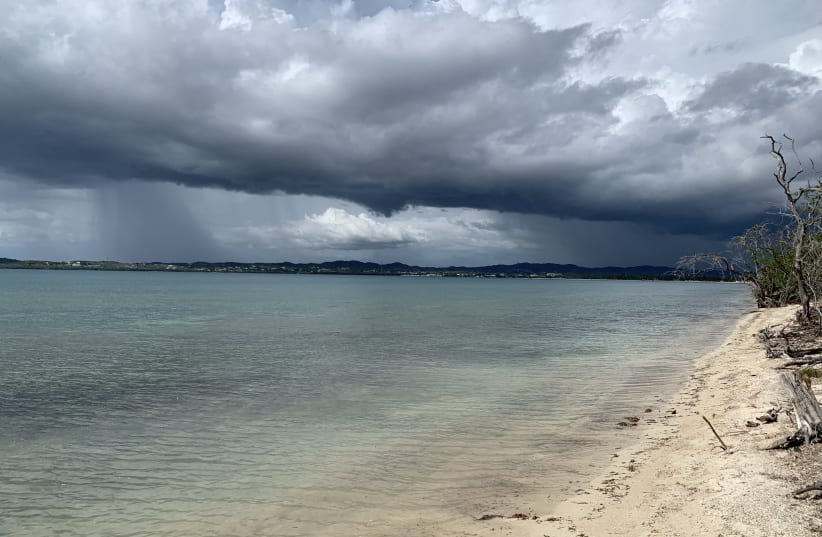Ancient Puerto Ricans may have used the same burial sites and practises throughout multiple centuries, a new study has found.
The peer-reviewed study was recently published in the Plos One journal.
Puerto Rico has been inhabited since the third millennium BC. Little is known about this era as, previous to this study, scientists were only able to recover data from 20 individuals.
In the study, the researchers analyzed the remains of five individuals from Southwestern Puerto Rico. The remains went through carbon dating analysis, whereby they were aged to be from roughly 1530 BCE to 1710 BCE. This data proved that the burial site had been used for at least 1000 years.
“This study assiduously documents the oldest dated burials from the island of Puerto Rico and provides detailed scientific and cultural insights into the lives of some of the earliest people to inhabit that island. We hope that this work contributes to the ongoing re-framing of our understanding of the deep past of Puerto Rico and the Caribbean,” the authors said.
Ancient Puerto Rican burial practises
The bodies were mostly buried in a similar fashion, indicating that there was a consistent burial practice throughout hundreds of years. The burial practices were all consistent with burial practices at the Maruca site, furthering the theory of standardized burial practice.
One of the bodies was found facing the West, while the other four faced the East. The Western-facing body also had signs of having been burnt postmortem. All five bodies were buried with their legs fully extended. The individuals were believed to be all be aged between 17-45-years old.
The bodies had all been buried with seashells, lithic, coral and ochre.
The researchers carried out Strontium isotope testing, which proved that the individuals originated from near the burial site. This suggests that the site might have acted as a common mortuary space for multiple communities, although this has not yet been entirely confirmed.
Further testing allowed the researchers to explore the ancient Puerto Rican diet. The researchers found that the individuals ate an omnivorous diet of plants and fish.
The researchers also found that the individuals had had their teeth cleaned by a rotary blade.

